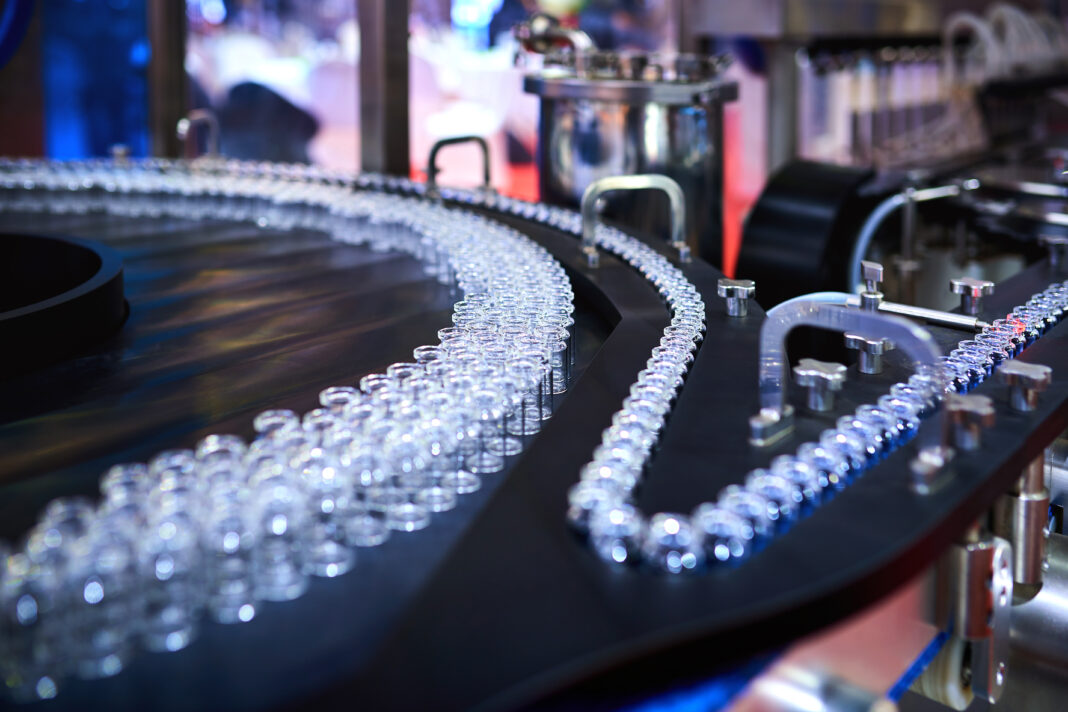On a conceptual level, the benefits of “twenty-four seven” drug production are obvious. The ability to make more product, more quickly, and more efficiently will increase access to medicines and help reduce manufacturing costs.
Despite this, to date biopharmaceutical industry adoption has been limited, says John Wahlich, PhD, a consultant and affiliate of the Academy of Pharmaceutical Sciences (APS).
“Pharma has been slow to adopt continuous manufacturing, the first product made by a continuous process being approved in 2015,” he notes. “While most of the technologies to achieve this for small molecules were available before 2015, industry had an infrastructure based on batch processing and, despite encouragement from the regulators, was wary of making the strategic investment in a new unproven technology. Improvements to the technologies, in particular the use of modeling, improved PAT sensors, and increased experience, have begun to overcome the barriers to implementation.
“The biopharma industry is somewhat behind small molecule pharma in its implementation of continuous processing. Upstream processes—cell culture and fermentation—do utilize continuous processes, but downstream purification processes are more difficult to automate with chromatography being a particular challenge. Coupling upstream and downstream then adds a further complexity.”
Other hurdles, not typically faced by small molecules, include the need for viral inactivation, bioburden control, and the use of stainless steel or single-use equipment with the latter being harder to include in a continuous process, according to Wahlich, “On top of all these is the even more cautious attitude of the biopharma industry where the product is the process, and any changes need to be considered very cautiously with a more strategic approach,” he points out.
Economics
In recent years, things have started to change, continues to Wahlich, whose 2020 research paper examining attitudes to continuous manufacturing noted some positive signs.
In 2018,the International Council for Harmonization of Technical Requirements for Pharmaceuticals for Human Use (ICH) published a concept paper designed to help regulators establish a common set of requirements for biopharmaceuticals made using continuous production methods.
In July, Step 2b of the guideline was published and comments requested setting the scene for increased industry use of continuous-mode production, Wahlich says.
“Alignment between the various regulators, consistent expectations, and the use of common terminologies will help accelerate implementation and ICH guideline Q13 on continuous manufacturing of drug substances and drug products, released at Step 2b on July 27, 2021, with comments requested by EMA by December 20, 2021, is a big step forward,” he tells GEN.
But while ICH Q13 will help, ultimately, it is economics which will determine whether industry embraces continuous manufacturing, says to Wahlich, who adds, “Until there is a tipping point there will always be the draw of the established batch approaches.
“The tipping point may come about through the need for increased personalization of medicines where the flexibility provided by continuous manufacturing would be a real benefit; by increased competition with established drugs coming off patent and the need for increased efficiency, and potentially through increased on-shoring, driven by concerns over supply chain security, where continuous manufacturing is well placed to offer a solution.”


